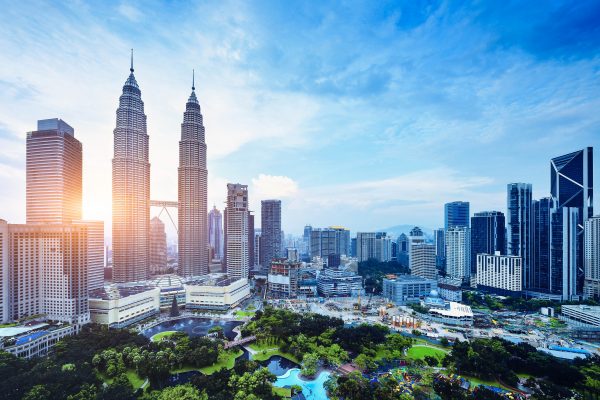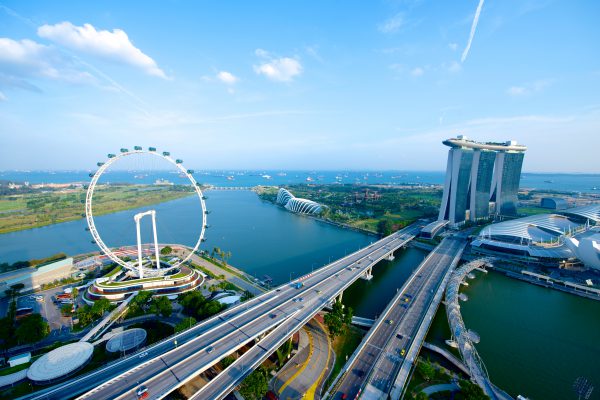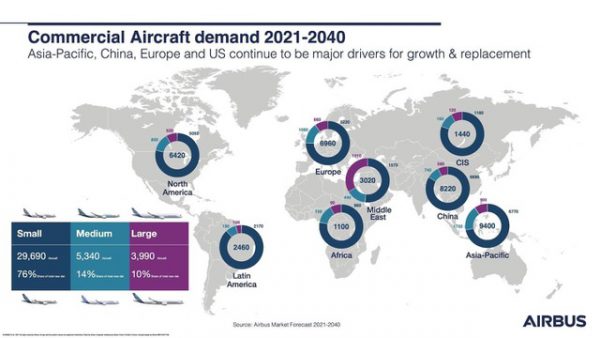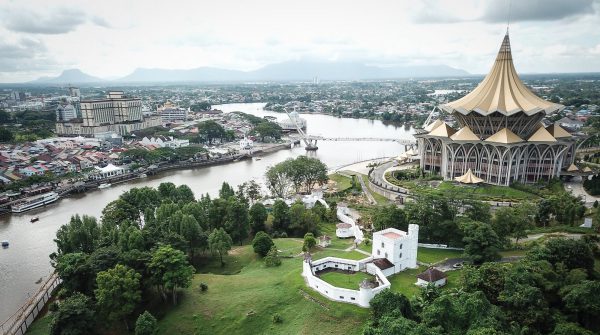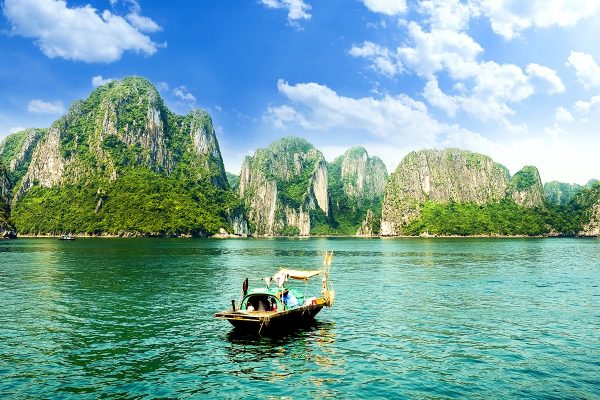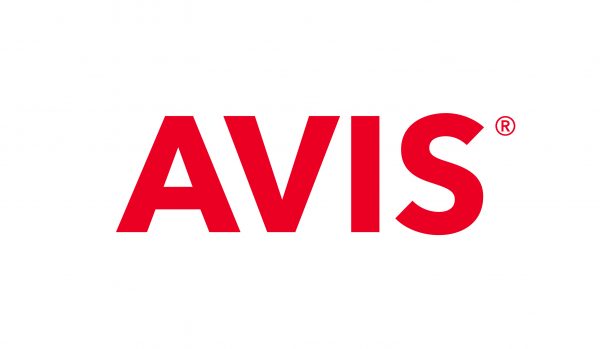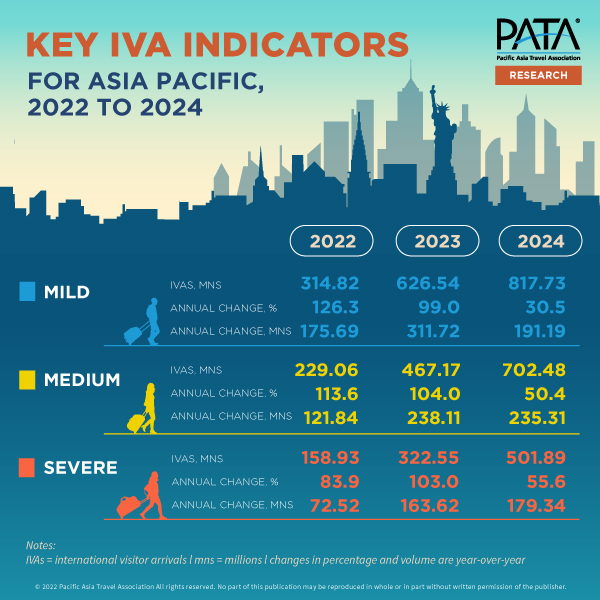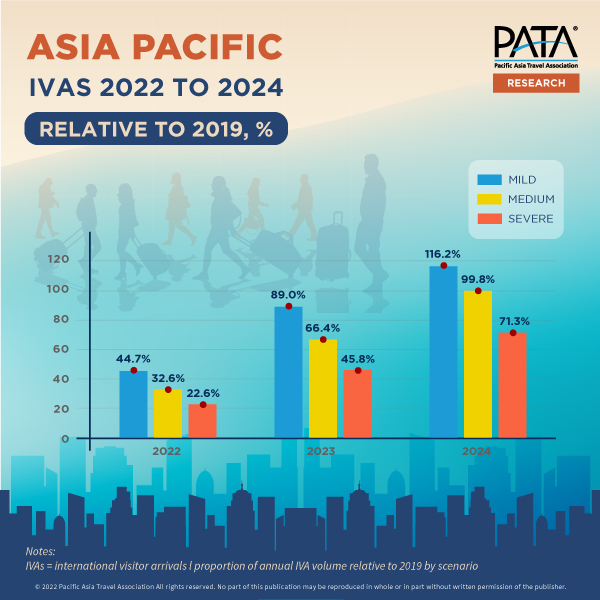SINGAPORE, 18 February 2022: The Covid-19 pandemic continued to impact travel worldwide through the end of 2021, but in the fourth quarter, Expedia Group Media Solutions registered consistent global search volumes.
Expedia Group Media Solutions released its Q4 2021 Travel Recovery Trend Report earlier this week. The quarterly report combines Expedia Group first-party data and custom research with actionable insights and industry examples to help travel marketers on their continued journey toward rebuilding and recovery.

“The pandemic continued to impact travel around the world through the end of 2021, but in Q4, we saw consistent global search volumes, lengthening search windows and more international destinations
appearing on regional top 10 destination lists,” said Expedia media solutions global vice president Jennifer Andre. “Consumers have learned how to travel under ever-changing circumstances, and we anticipate they will continue to adapt and evolve their behaviours and preferences as the landscape evolves. We are encouraged by the overall year-over-year progress and remain confident in the power of travel and the resilience of the industry and travellers.”
Here are the key findings from the Expedia Group Media Solutions Q4 2021 Travel Recovery Trend Report
Appetite for Travel Continues to Grow
Despite a bumpy quarter, there is still a tremendous appetite for travel compared to 2020. Global search volume in Q4 was flat quarter-over-quarter, but up more than 70% year-over-year, indicating that travellers are still eager to get away. In APAC, search volumes were up nearly 35% over Q3, driven by additional vaccinated travel lanes and international border reopenings in several countries, including Australia, Singapore, and Fiji.
Week-over-week global searches spiked around major announcements and industry activity, including the 8 November U.S. border reopening to vaccinated travellers from 33 countries, and during the week of 27 December, possibly due to travellers reacting to thousands of delayed or cancelled flights.
However, this heightened interest has been sustained into the first weeks of 2022, with global, NORAM*, and EMEA* search volumes even higher during the first two weeks of January than the last week of December 2021. This eagerness for travel is also complemented by an apparent resilience in the traveller mindset, as evidenced by lodging cancellation rates, which remained flat throughout Q4 despite the continued and unpredictable headwinds of the pandemic.
Search Windows Lengthen as Borders Reopen
As borders worldwide continued reopening to international travellers in Q4, the global search window lengthened. 40% of global searches fell within the 31+ day search window, a 15% increase over Q3. Regionally, EMEA saw the greatest swing toward longer search windows, with the 31+ day search window increasing 30% over Q3.
In Q4, 60% of global domestic searches fell within the 0- to 21-day search window, a slight decline quarter-over-quarter, as travellers searched for domestic trips further out – notably around the holiday season. NORAM, EMEA and APAC all saw a lift in the 31+ day domestic search window, with all three regions up more than 10% quarter-over-quarter.
International search window share fluctuated throughout Q4, with around 40% of global international searches occurring in the 0- to the 21-day search window, a 10% decline from Q3. Share for the 31- to 90-day search window grew 20% quarter-over-quarter.
Sustained Demand for Long-Haul Destinations
First identified in Q2, travellers are looking and booking destinations further afield – continued in Q4. LATAM* led the trend, with five of the top 10 booked destinations for travellers living there located in other parts of the world. Additionally, non-APAC destinations – Dubai and Honolulu – made up two of the four new entrants to the APAC top 10, with Sydney and Singapore also joining the list.
In contrast, North American travellers continued to book closer to home, with Cancun being the only destination outside the region on the top 10 list for NORAM bookers. However, this behaviour looks likely to change this year. Expedia’s 2022 Travel Trends Report found that 68% of Americans are planning to go big on their next trip, and many are eyeing intercontinental destinations like Rome, Bali, London, and Paris in 2022.
Paris, Dubai, Mexico City, Tokyo, and Madrid all saw double-digit quarter-over-quarter growth in hotel bookings. Looking at the 25 most-booked destinations globally, Dubai moved from 18th position in Q3 to 6th in Q4 – driven by a 40% increase in room night bookings quarter-over-quarter. During the same period, Tokyo moved from 41st to 24th, Mexico City moved from 23rd to 17th, and Paris moved from 12th to 5th.
Vacation Rentals Maintain Popularity
In Q4, global lodging bookings – for hotels and vacation rentals combined – were up more than 50% year-over-year. Comparing bookings in Q3 and Q4, there was a shift in share from hotels to vacation rentals, prompted by the busy holiday travel season and continued popularity among friends and families travelling together. LATAM had a particularly strong quarter for vacation rental bookings, which were up more than 100% quarter-over-quarter.
The average length of stay for vacation rentals in Q4 increased slightly to 5.4 days, up from the 5.2 days seen throughout Q2 and Q3. In EMEA, the average vacation rental length of stay surpassed the one-week mark, at 7.1 days.
For more data and insights from 300 petabytes of exclusive global Expedia Group travel intent and demand data, download the full Q4 2021 Travel Recovery Trend Report here.
*NORAM: Canada, the Caribbean and the United States of America
*EMEA: Europe, Middle East, Africa
*LATAM: Latin America


